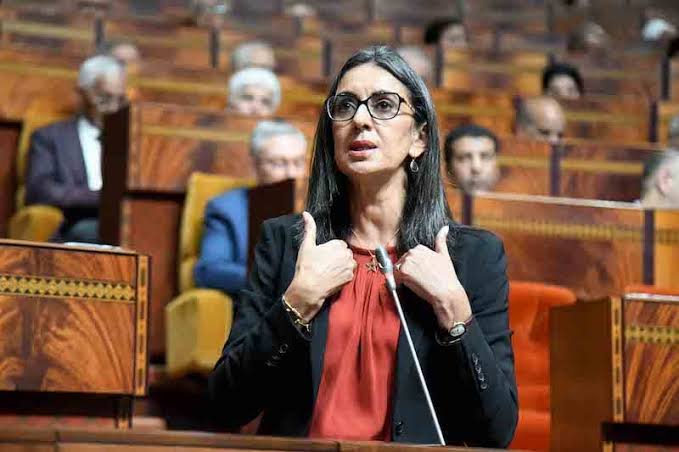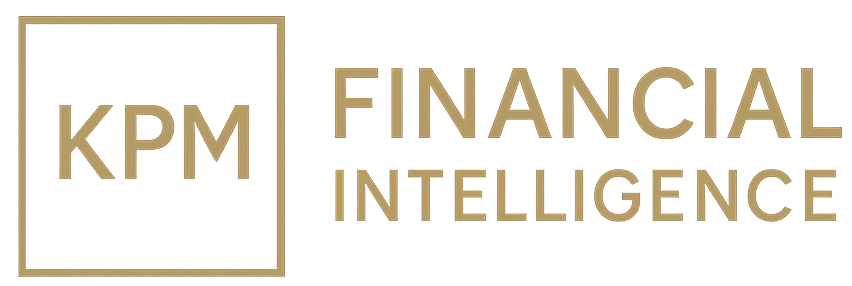Morocco retains subsidy cushions in 2026 budget
Morocco’s 2026 Finance Bill keeps MAD 13.77 bn subsidies for butane, sugar, and wheat; MADUSD stable as BRENT near US$88 supports fiscal consolidation amid MSCIEM calm.

Morocco’s draft 2026 Finance Bill, tabled before Parliament on 24 October 2025, preserves the country’s longstanding system of commodity subsidies despite fiscal-consolidation pressure. The plan allocates MAD 13.77 billion (≈ US$1.36 billion) to maintain retail price stability for butane gas, sugar, and wheat, signalling the government’s preference for gradual reform over abrupt withdrawal ahead of expected local elections in 2026.
Finance Minister Nadia Fettah Alaoui told lawmakers that cushioning household purchasing power remains “a strategic priority,” given volatile global commodity prices and a still-uneven rural recovery from the 2023 drought. Morocco’s subsidy bill had peaked near MAD 22 billion in 2022, when energy shocks pushed butane costs to record highs, before easing with lower oil prices and partial efficiency gains in import logistics.
Under the new framework, the Treasury aims to narrow the fiscal deficit to 4.3 percent of GDP in 2026 from 4.9 percent this year, largely through improved tax collection and better-targeted social transfers. The budget also raises allocations for the unified social register and health-insurance expansion, positioning subsidy reform as a medium-term, rather than immediate, measure.
Analysts view the retention of core subsidies as fiscally manageable given Morocco’s solid revenue base and credible market access. Ten-year sovereign yields hover near 3.7 percent, while the dirham (MADUSD) has remained stable within its ±5 percent fluctuation band despite the global dollar strength measured by the DXY. Crude oil (BRENT) averaging around US$88 per barrel keeps import costs within planned buffers.
The decision reflects lessons from regional peers. Egypt’s sharp fuel-subsidy cuts in 2024 triggered inflationary spikes and social unrest, reinforcing Rabat’s more cautious sequencing. Authorities expect the planned rollout of a digital cash-transfer scheme in 2026 to enable a phased transition toward direct support without destabilising inflation expectations.
At the structural level, the finance bill aligns with Morocco’s industrial-policy roadmap to strengthen domestic value chains in fertilisers, textiles, and automotive manufacturing. The government forecasts GDP growth of 3.6 percent in 2026, supported by agricultural recovery and continued foreign-investment inflows into renewable-energy projects.
Investors interpreted the subsidy retention as a short-term stabiliser rather than a policy reversal. Moroccan Eurobond spreads were broadly unchanged, and the MSCI Emerging Markets Index (MSCIEM) registered only marginal moves across North Africa. Credit analysts expect rating agencies to view the stance neutrally, given the credible path toward medium-term deficit reduction.
By balancing social sensitivity with fiscal discipline, Rabat demonstrates its preference for incrementalism—a pragmatic approach that seeks to maintain confidence in sovereign management while avoiding the political costs of austerity.





